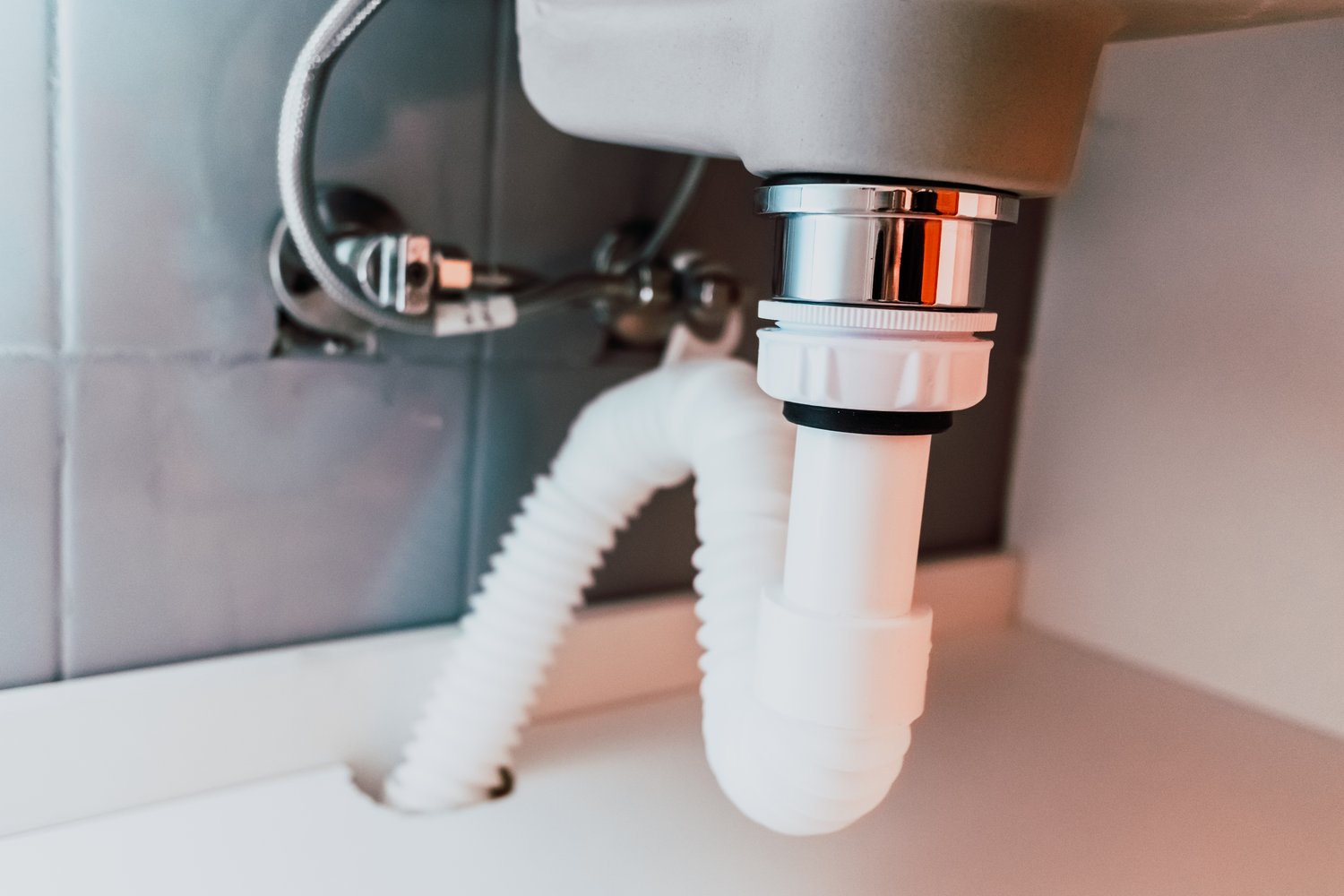The subtle art of plumbing often lies in the details, and one such critical detail is the adjustment of a sink tailpiece extension. It’s not just about connecting parts; it’s about ensuring optimal performance and preventing potential issues that might disrupt a smooth-running kitchen.
- Learn how proper height adjustment prevents leaks and supports efficient water flow in your plumbing system.
- Discover the essential tools and materials you’ll need for a successful adjustment, ensuring you’re well-prepared for the task.
- Follow a step-by-step guide that offers practical tips to avoid common installation mistakes and guarantee a secure connection.
By mastering the correct adjustment techniques for a sink tailpiece extension, you’ll enhance the efficiency and reliability of your plumbing setup. Dive into this guide to perfect your skills and perhaps share your own tips and experiences to inspire other readers.
Understanding Sink Tailpiece Extension: Proper Height Adjustment and Its Importance
In plumbing, the correct height adjustment of a sink tailpiece extension is essential for the efficient functioning of a drainage system. This adjustment aligns the sink’s outflow seamlessly with the drainage pipes, minimizing the risk of leaks and water damage.
One of the primary reasons for ensuring proper sink tailpiece height is the prevention of leaks. When the tailpiece is accurately adjusted, it reduces stress on pipe connections, leading to a more secure fit. This is particularly important for preventing slow leaks that can cause damage over time.
Another key reason for height adjustment is maintaining efficient water flow. Proper alignment facilitates a smooth passage of water, preventing clogs and ensuring swift drainage. This contributes not only to the sink’s functionality but also to the overall reliability of plumbing systems in both domestic and commercial settings.
Understanding these fundamental reasons highlights the importance of correct tailpiece installation. It emphasizes the need for precision in every step of the plumbing process to ensure long-term durability and performance.
Tools and Materials for Adjusting Sink Tailpiece Height
Before embarking on the task of adjusting the tailpiece height, gathering the right tools and materials is crucial for achieving success. A well-prepared approach can greatly enhance the efficiency and effectiveness of the process.
One essential tool is an adjustable wrench. This versatile tool allows for a secure grip when tightening or loosening nuts on plumbing fixtures. Having this tool on hand ensures that any adjustments made to the tailpiece are firm and reliable.
Plumber’s tape, also known as Teflon tape, is another critical material. This tape helps seal threaded connections, preventing leaks at the junctions. The application of plumber’s tape can provide an additional layer of precaution against potential water seepage.
Additionally, having extensions of varying lengths is beneficial. These extensions allow for flexibility in achieving the desired tailpiece height, accommodating different sink and counter configurations.
With these tools and materials available, you can approach the adjustment process with confidence, ensuring readiness and efficiency.
Step-by-step Guide to Sink Tailpiece Extension: Proper Height Adjustment
Achieving the correct height for a sink tailpiece is critical for ensuring a leak-free plumbing system. This step-by-step guide is designed to assist you in making an optimal height adjustment, facilitating smooth water flow and preventing troublesome leaks.
1. Measure the Current Setup: Begin by measuring the distance from the bottom of the sink drain to the entry point of the P-trap. This measurement is essential to determine the length needed for your tailpiece extension.
2. Gather the Proper Tools: Ensure you have an adjustable wrench and plumber’s tape at your disposal. These will be invaluable for securely fastening connections and preventing leaks.
3. Choose the Right Tailpiece Extension: When selecting a tailpiece extension, consider the material compatibility with your existing plumbing, usually PVC or metal. The selected extension should match the measured distance with a slight allowance for adjustments.
4. Remove the Existing Tailpiece: If a tailpiece is already in place, carefully use the adjustable wrench to unscrew it from the drain and the P-trap. Be gentle to avoid damaging threads on either component.
5. Fit the New Tailpiece Extension: Attach the new tailpiece to the sink’s drainpipe and use plumber’s tape around threads for a snug, leak-proof fit. Ensure the extension reaches comfortably into the P-trap without tension.
6. Secure the Connections: Tighten the nuts by hand initially, followed by a light turn using the adjustable wrench. Over-tightening can lead to cracks, especially in plastic components. Proper securement ensures the join remains stable under water pressure.
7. Test the System: Run water through the sink to ensure all connections are watertight. Check for any moisture around the seals, especially where the tailpiece connects. Adjust if necessary.
By following these steps, you can effectively adjust your sink tailpiece extension’s height, ensuring seamless operation and preventing leaks.
Frequently Asked Questions about Sink Tailpiece Extension Height Adjustment
What is a sink tailpiece extension?
A sink tailpiece extension is a pipe that bridges the gap between the sink drain and the main plumbing line.
Why is proper height adjustment important?
Proper height adjustment prevents leaks and ensures efficient water flow.
What tools do I need for adjusting a sink tailpiece?
- Adjustable wrenches
- Plumber’s tape
- Various extensions
Can I adjust the tailpiece myself?
Yes, with the right tools and guide, you can adjust it yourself.
What common mistakes should I avoid?
Avoid using incorrect pipe lengths and neglecting to use plumber’s tape.
How long does the adjustment process take?
Typically, it takes about 30 minutes to an hour depending on complexity.





